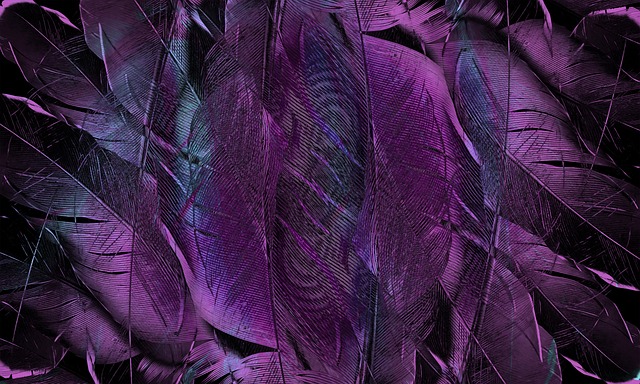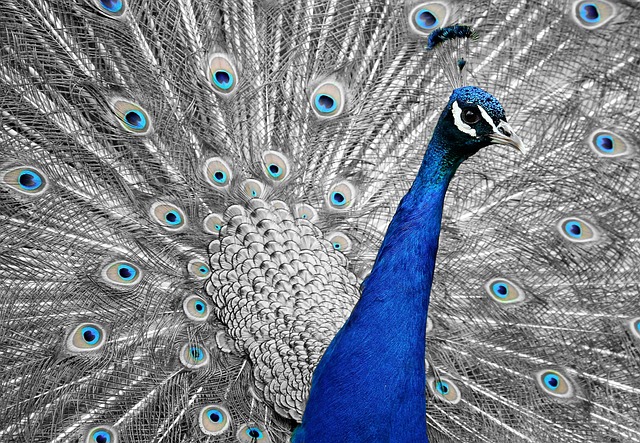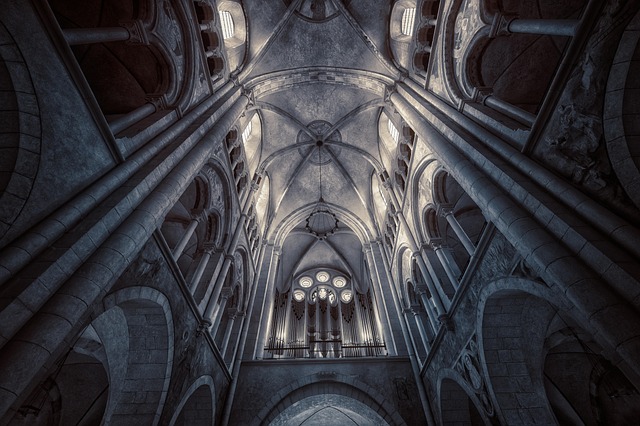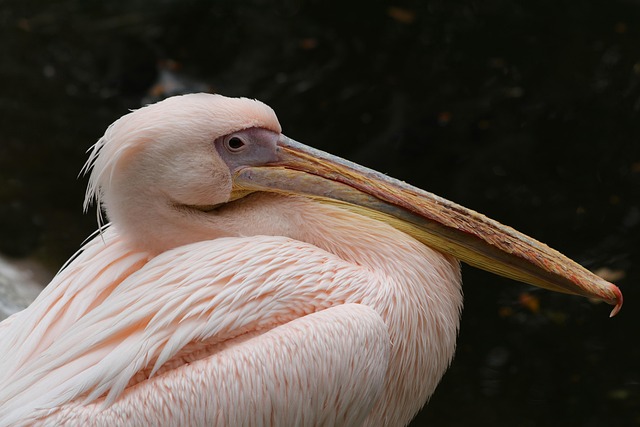There’s a raw, unburdened feeling that comes with free form drawing. It starts with the simple act of a pencil touching paper, a pen gliding across a surface, with no preconceived image, no strict rules, just instinct guiding the hand. It’s the purest form of creative impulse, a direct line from the inner self to the visible mark. It taps into that universal urge to make a mark, to leave a trace, to express something that words often can’t capture.
In the Realm of Fine Arts
Within the structured world of Fine Arts, free form drawing holds a powerful and often revolutionary position. While academic drawing traditionally focused on capturing realistic representation through careful observation and technique, free form breaks these chains. It became particularly prominent in the 20th century with movements like Abstract Expressionism, where artists sought to express emotions and ideas through spontaneous gestures and non-representational forms. Think of the energy in a Cy Twombly scribble or the intuitive lines of a Joan Miró. Free form drawing isn’t just a preliminary sketch; it can be the finished piece, valued for its authenticity, its energy, and the direct connection it reveals between the artist’s state of mind and the artwork itself. It’s about the beauty of the line for its own sake, the texture of the mark, the composition that emerges from intuition rather than planning. It’s a powerful tool for discovery, allowing artists to explore ideas, feelings, and visual possibilities without the pressure of representation.
Free Form in Broader Culture
Beyond the gallery walls, free form drawing is deeply embedded in culture, often in less celebrated but equally significant ways. It’s in the doodles on the margins of notebooks during a long meeting, the spontaneous sketches in a personal journal, the intuitive marks made by children before they learn conventional forms. This ubiquitous urge to make uninhibited marks is a fundamental part of the human experience. Sketchbooks filled with free form drawings are often intimate cultural artifacts, offering glimpses into the artist’s thought process and daily life. Even in street art, while often planned, there are elements where spontaneous mark-making and expressive lines play a crucial role. Free form drawing speaks to our inherent need for self-expression, appearing in various forms across different cultures and contexts, proving that the desire to draw is not limited to trained artists but is a shared human impulse, a simple, accessible way to process the world and our feelings about it.
Art Born of Intuition
Ultimately, free form drawing is a vital facet of Art because it champions intuition, spontaneity, and the unique hand of the artist. It challenges traditional notions of skill and perfection, instead celebrating authenticity and the raw energy of creation. It reminds us that drawing isn’t just about depicting what we see, but about expressing what we feel, what we imagine, and the very process of making marks. It’s a pathway to explore the abstract, to play with form and line, and to connect with the fundamental joy of creating something from nothing, guided purely by the spirit.




